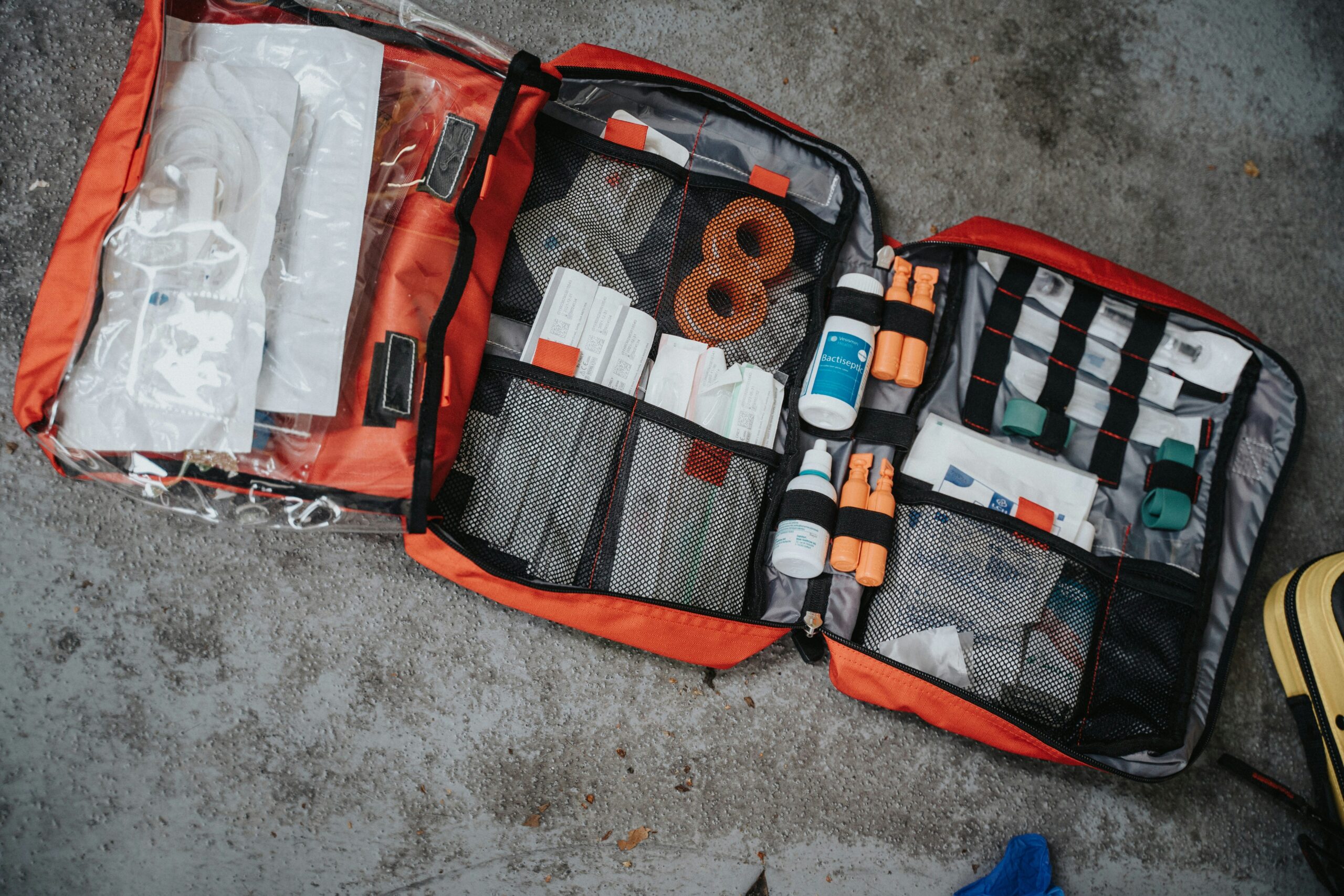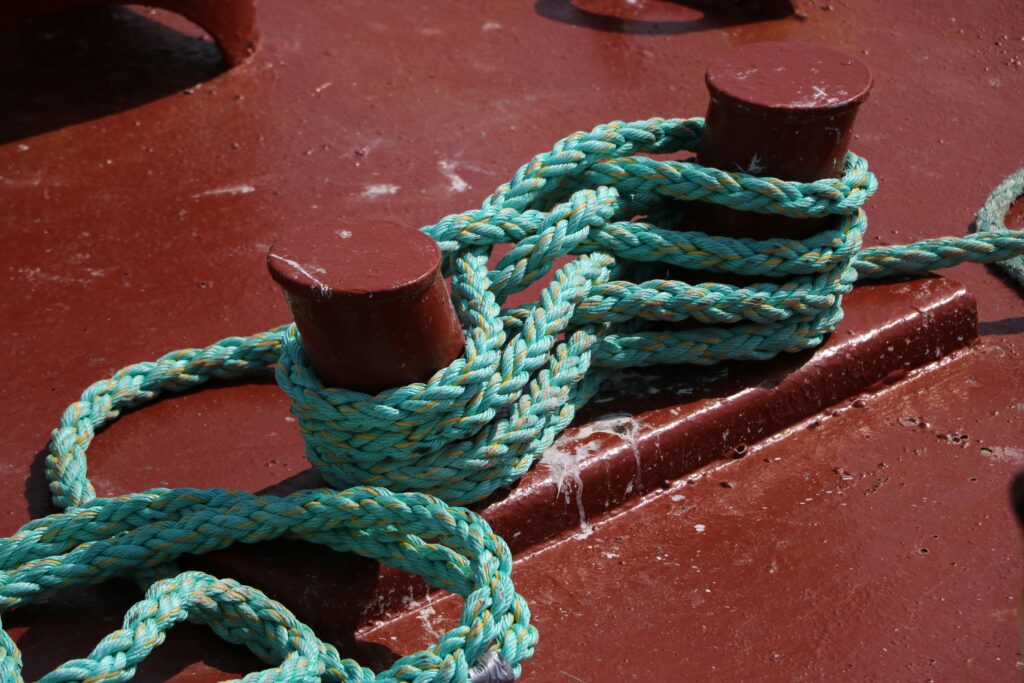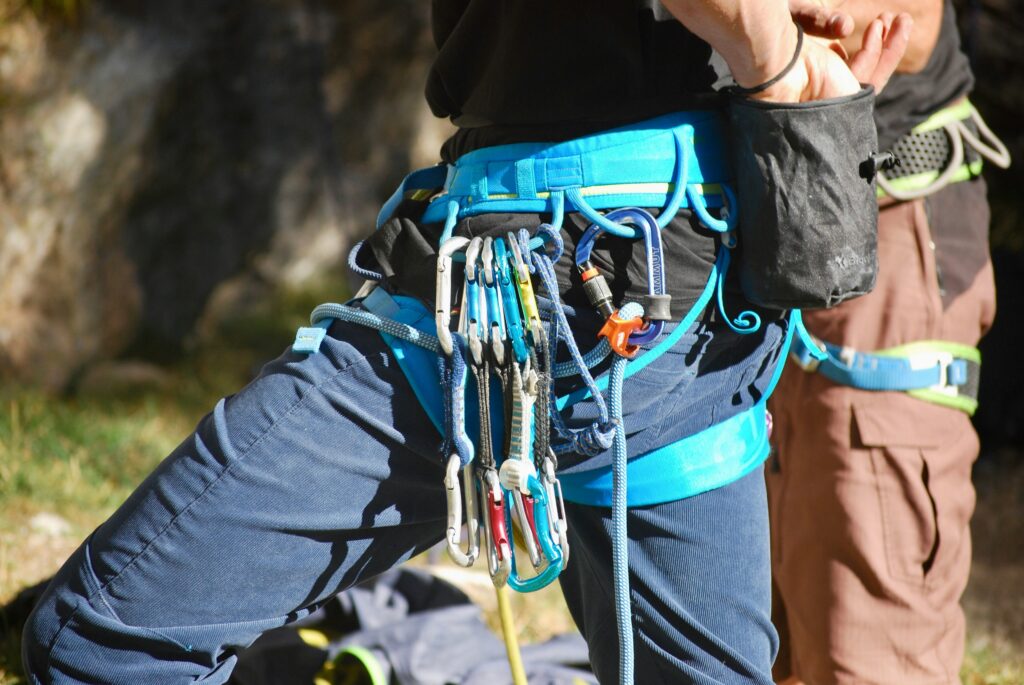Ever found yourself dangling mid-climb, heart racing, wondering what you’d do if your belay device failed? Yeah, we’ve all been there. Now imagine that same scenario—but this time, you’re prepared with an emergency rescue kit. Spoiler alert: It makes all the difference.
In this post, I’ll walk you through why emergency rescue kits are a must-have for climbers and how they pair perfectly with your climbing belay devices. You’ll learn about the essential components of these kits, tips on choosing the right one, real-world examples of their life-saving potential—and even my *facepalm-worthy* mistake when I skipped packing one. Buckle up!
Table of Contents
- Why Every Climber Needs an Emergency Rescue Kit
- How to Choose the Perfect Emergency Rescue Kit
- Best Practices for Using Your Kit Effectively
- Real-Life Examples of Rescue Kits Saving Lives
- FAQs About Emergency Rescue Kits
Key Takeaways
- An emergency rescue kit is crucial for climbers, especially when working with advanced climbing belay devices.
- Kits should include essentials like prusik cords, carabiners, and compact first aid supplies.
- Choosing the wrong kit—or worse, forgetting it entirely—can be catastrophic.
- Bonus rant: Stop skimping on quality gear because “it’s just a backup”!
Why Every Climber Needs an Emergency Rescue Kit
“Optimist Me:” ‘Oh, I’ve got my trusty belay device. What could go wrong?’
“Grumpy Me:” ‘Ugh, so much. Dropped gear, jammed ropes, freak accidents—you name it.’
Climbing is exhilarating but also inherently risky. While modern climbing equipment like belay devices has made things safer, nothing beats being ready for the unexpected. Think of your emergency rescue kit as your insurance plan against Murphy’s Law.
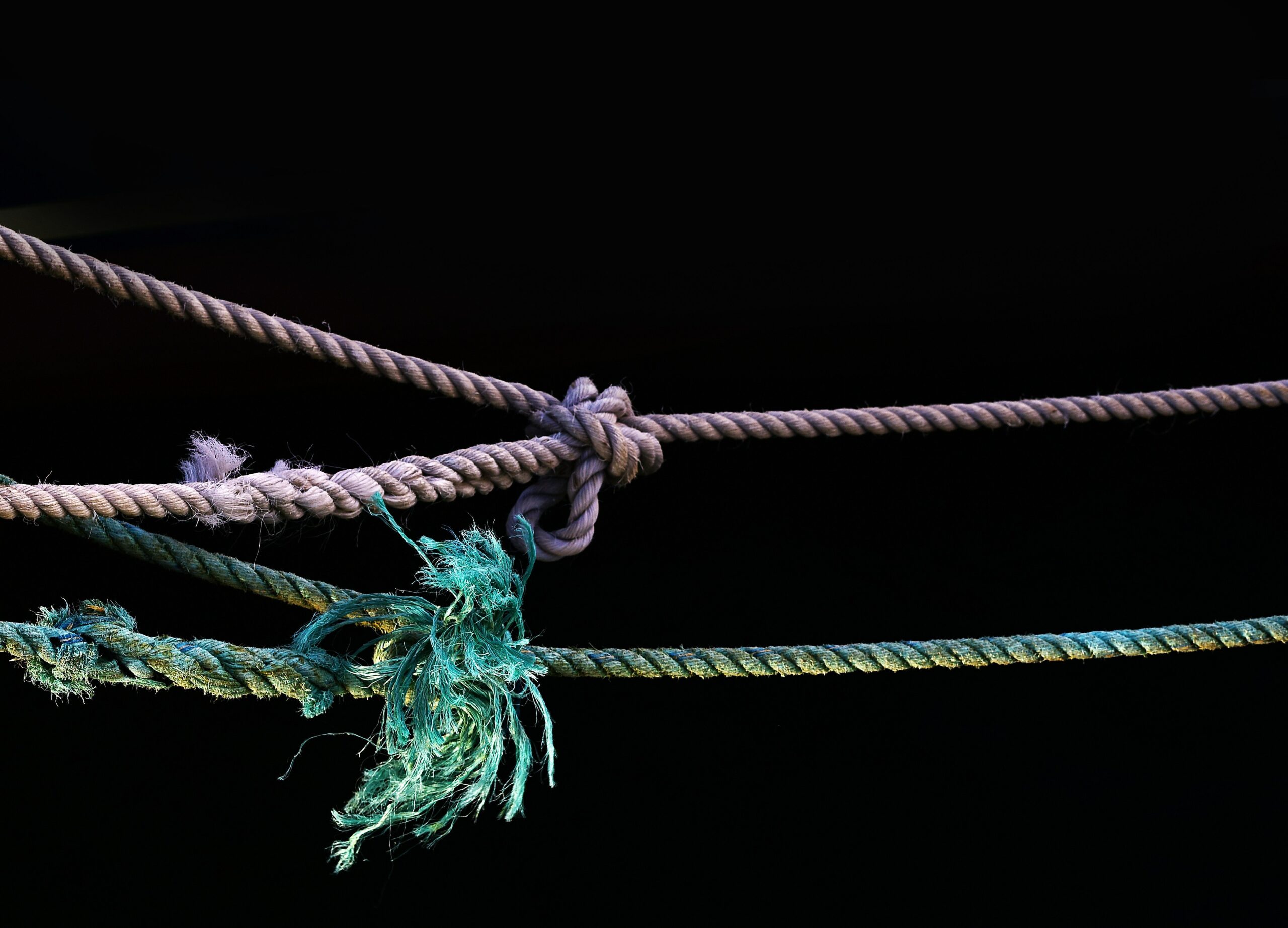
A stranded climber reminds us why preparation matters.
Imagine you’re halfway up a challenging route when your partner’s belay device malfunctions. With no backup plan, you’re toast. But with an emergency rescue kit handy? You whip out your prusiks, set up a quick friction hitch, and safely lower yourself down. Sounds easy, right? Well…not unless you have the tools in place.
How to Choose the Perfect Emergency Rescue Kit
Selecting the right emergency rescue kit isn’t rocket science—but it does require attention to detail. Here’s a step-by-step guide:
- Assess Your Gear Compatibility: Make sure everything works seamlessly with your existing climbing setup, including your belay device.
- Prioritize Portability: The last thing you want is a bulky kit weighing you down while climbing. Look for lightweight yet durable options.
- Inspect Materials: Only high-quality materials, such as Dyneema prusik cords and aluminum carabiners, make the cut.
- Add First Aid Essentials: Pack small bandages, antiseptic wipes, and tourniquets. Small injuries can become big problems without them.
- Test Before You Climb: Practice using each component beforehand. This ensures you won’t fumble during an actual emergency.
Best Practices for Using Your Kit Effectively
Now that you’ve got your shiny new emergency rescue kit, don’t just toss it into your bag and forget about it. Use these best practices to maximize its utility:
- Familiarize Yourself: Know every piece of equipment inside out. This means knowing where each item is stored and how to deploy it quickly.
- Practice Regularly: Set aside time every month to simulate rescue scenarios. Muscle memory saves lives.
- Double-Check Before Every Climb: Ensure nothing’s missing or worn out. A frayed cord = disaster waiting to happen.
Terrific Tip Disclaimer: Do NOT think duct tape fixes everything. Yes, it’s versatile—but no, it won’t magically repair a snapped rope. Trust me; I learned this the hard way (and spent two uncomfortable hours rappelling awkwardly).
Real-Life Examples of Rescue Kits Saving Lives
Let’s dive into some inspiring stories:
Back in 2017, a group of climbers in Yosemite faced a nightmare situation when their main line snapped mid-descent. Thanks to their leader’s foresight in carrying an emergency rescue kit, they managed to rig a secondary anchor using prusiks and safely descend. Lesson learned? Always prepare for the worst.
Rant Moment: Why do people still argue that “extra gear is unnecessary weight”? Are you seriously willing to risk your safety over saving a few grams? Okay, stepping off my soapbox now.
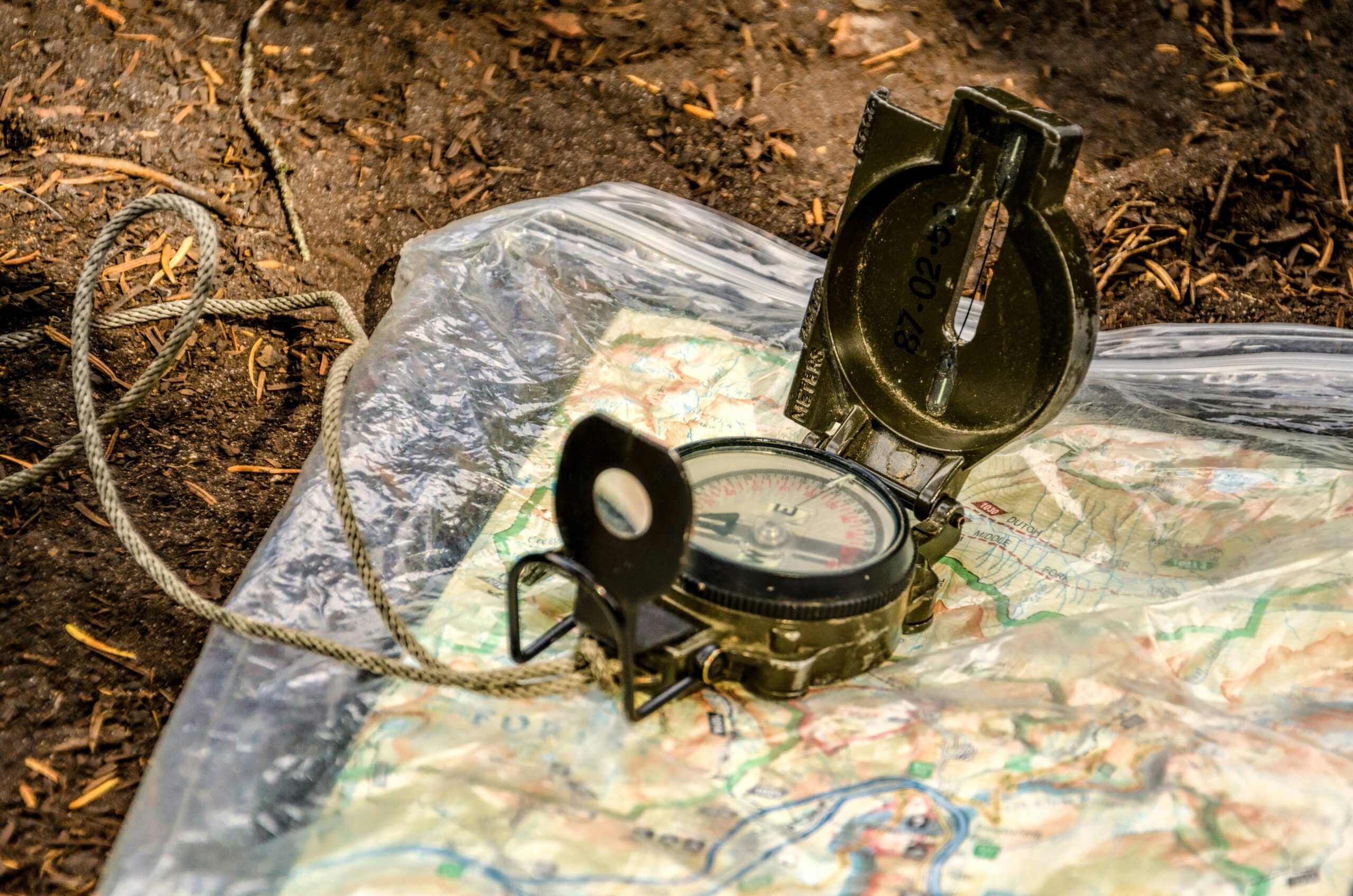
A dramatic rescue highlights the value of proper planning.
FAQs About Emergency Rescue Kits
Q: Can I build my own emergency rescue kit instead of buying one?
Absolutely! Many experienced climbers prefer custom-built kits tailored to their specific needs. Just ensure all components meet industry standards.
Q: How much should I expect to spend on a good emergency rescue kit?
A decent pre-assembled kit typically costs between $50-$150, depending on brand and included features.
Q: Is training required to use these kits effectively?
Yes, practice is non-negotiable. Consider taking a course from certified instructors to learn proper techniques.
Conclusion
So there you have it—your comprehensive guide to emergency rescue kits for climbers. Remember, pairing these kits with reliable climbing belay devices creates a formidable safety net. Invest in the right gear, practice regularly, and never underestimate the power of preparation.
Stay safe out there—and remember:
Rocks fall, routes twist, Rescue kits ensure persistence. Gear up, climb wisely.
